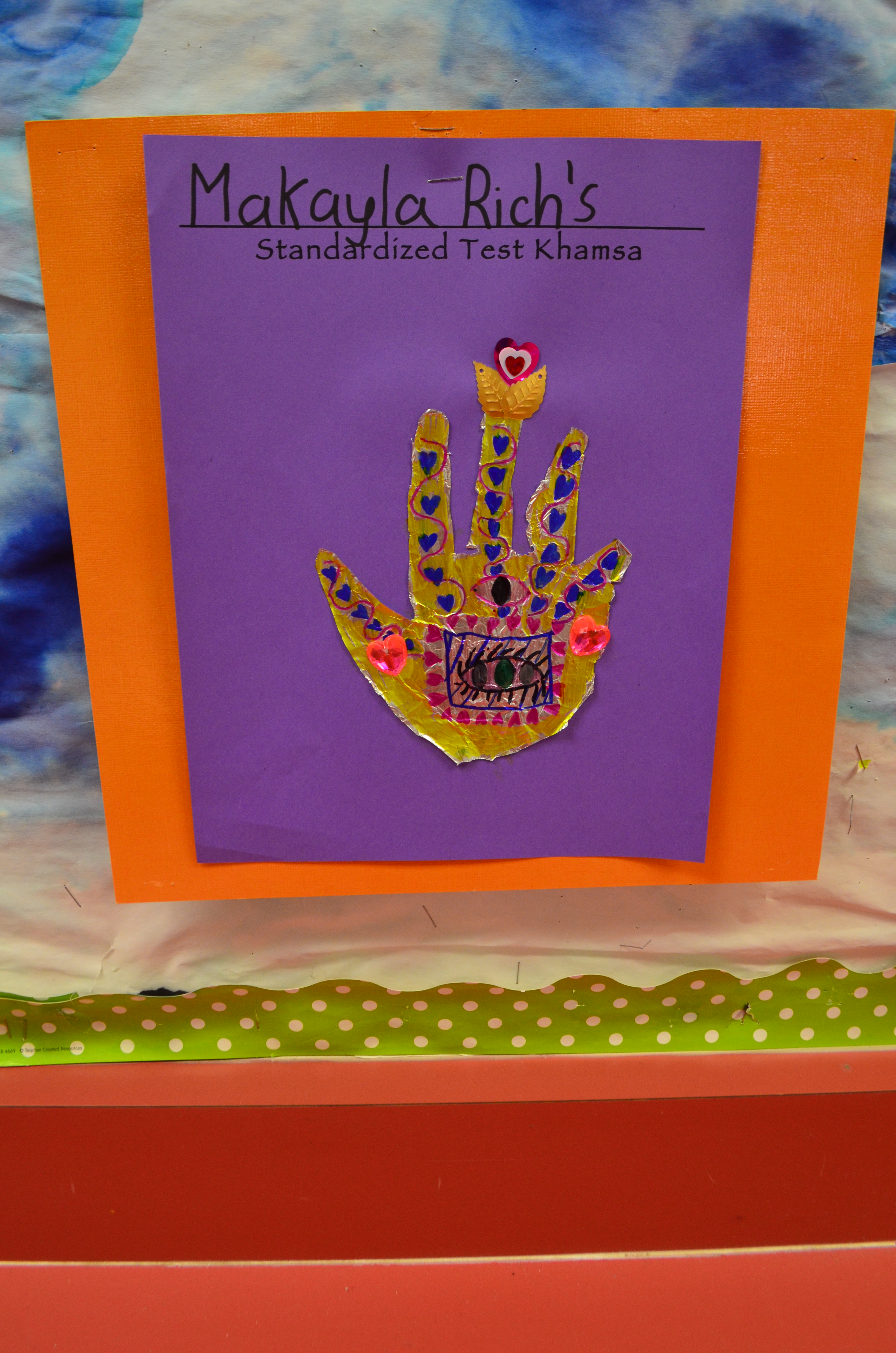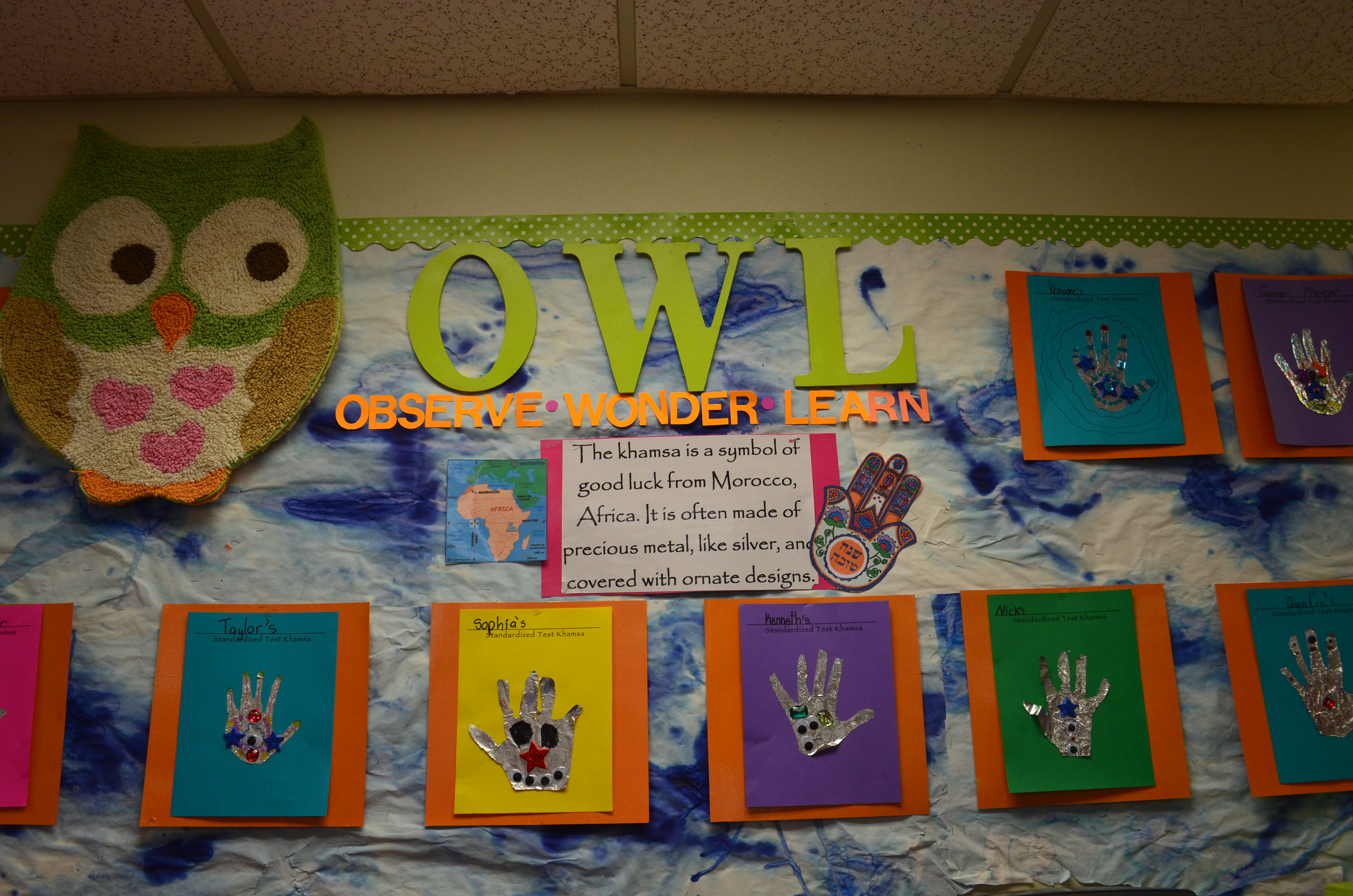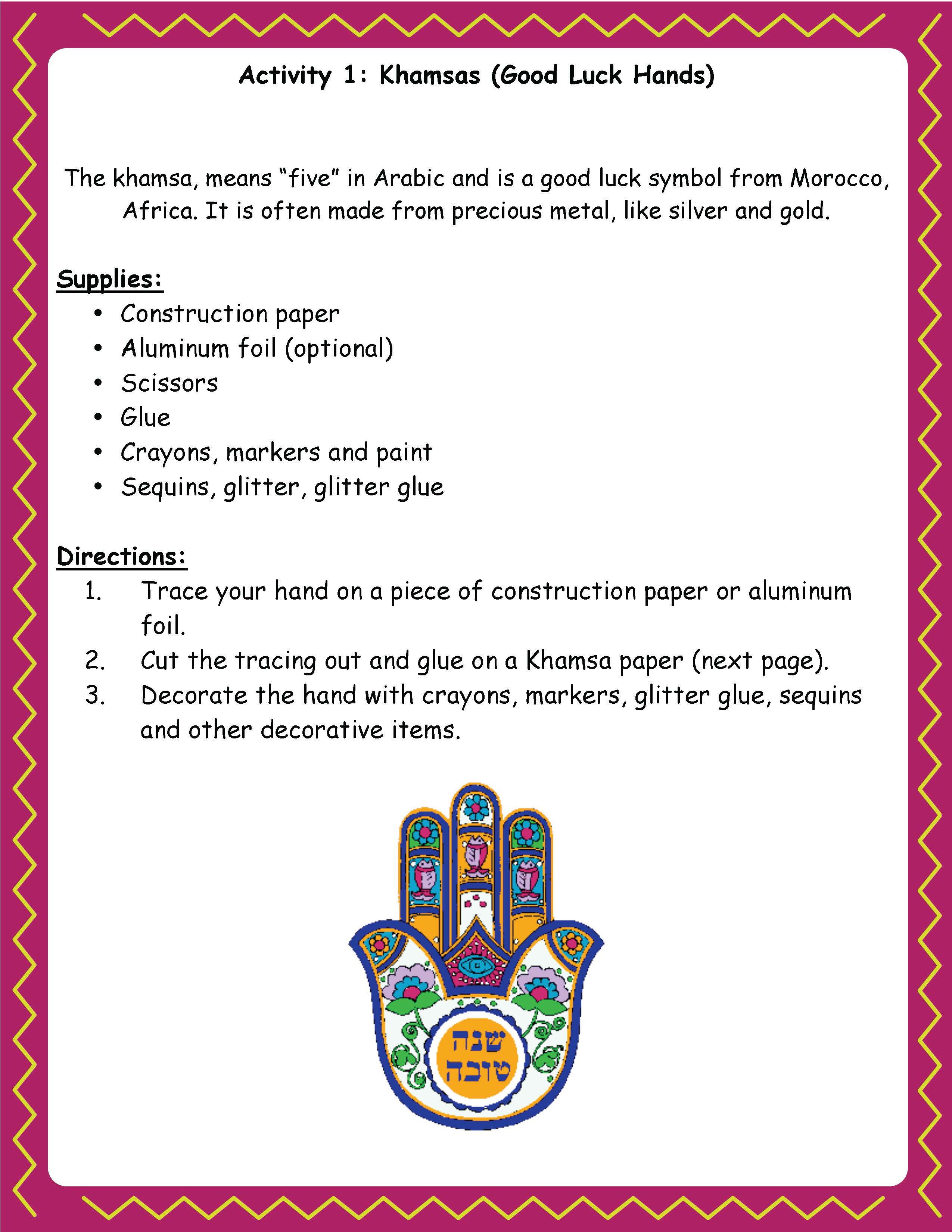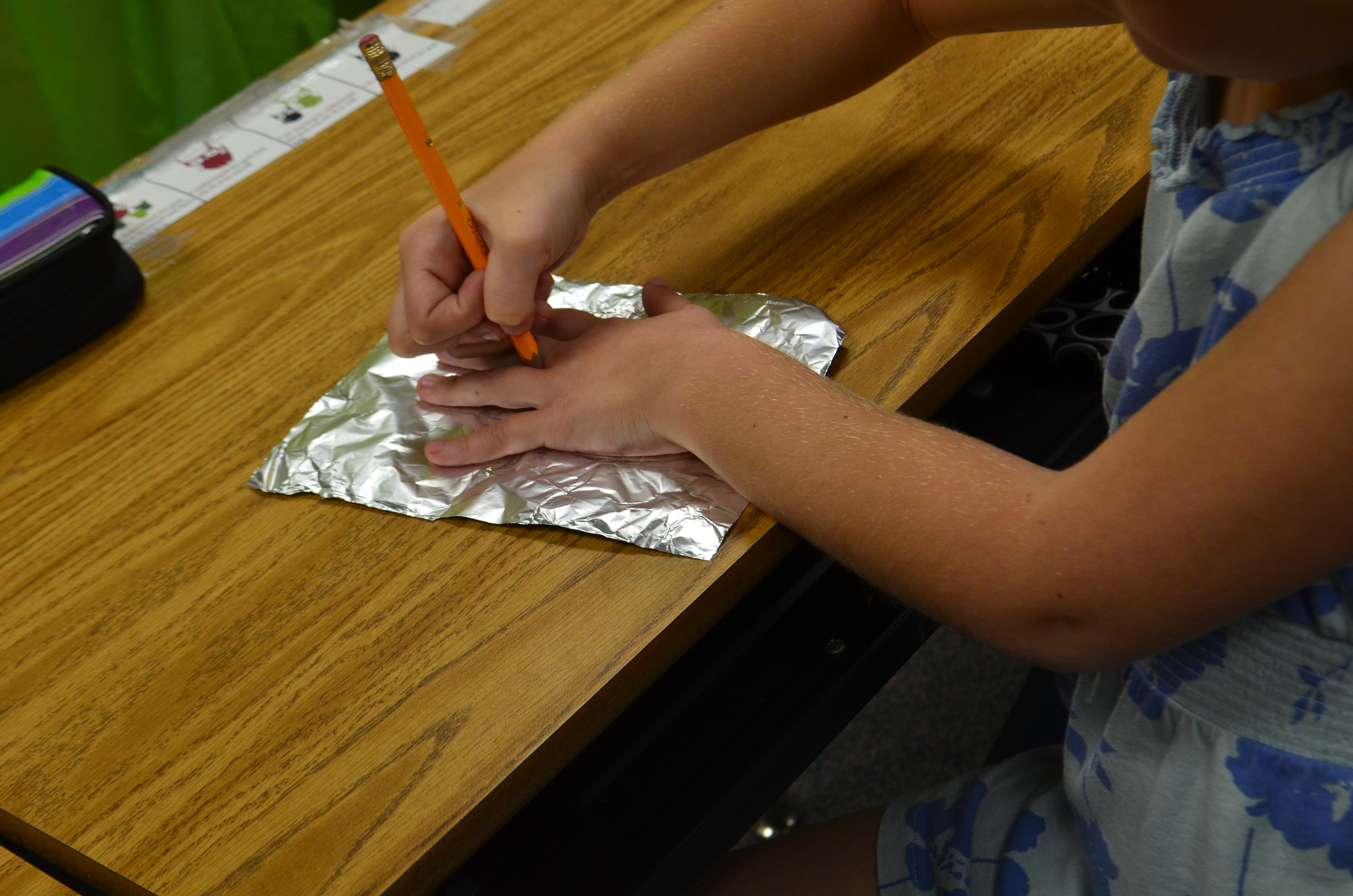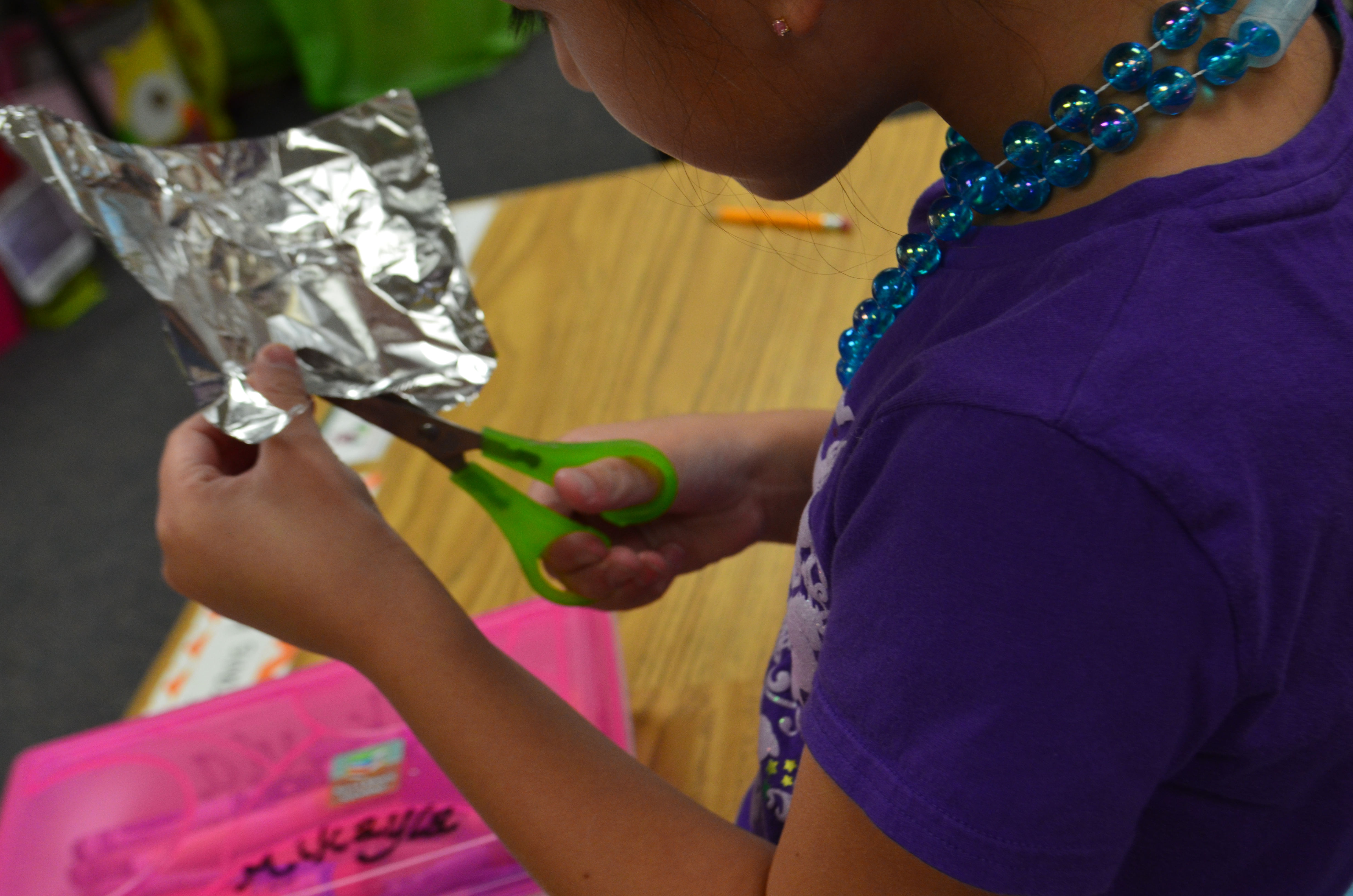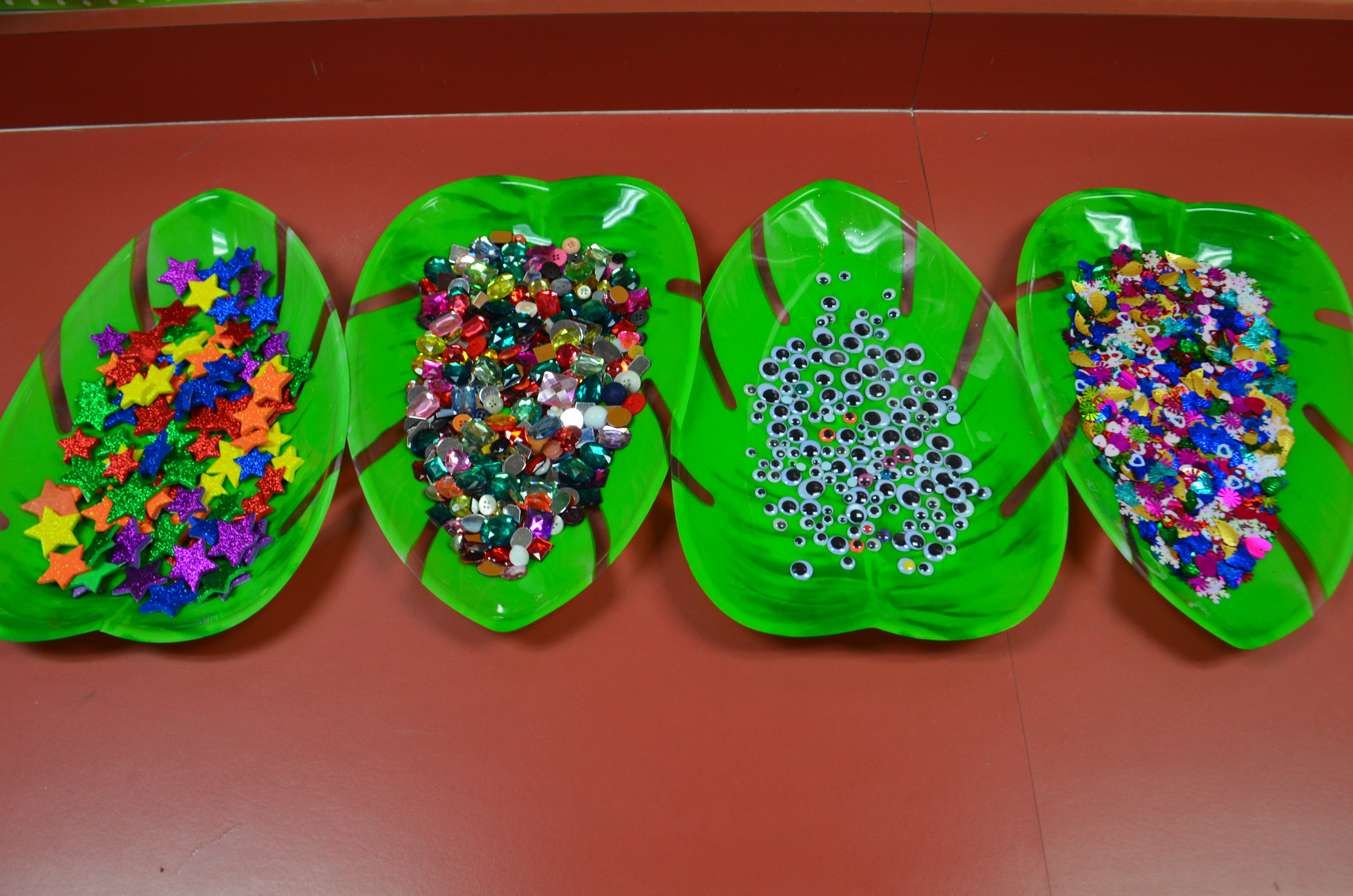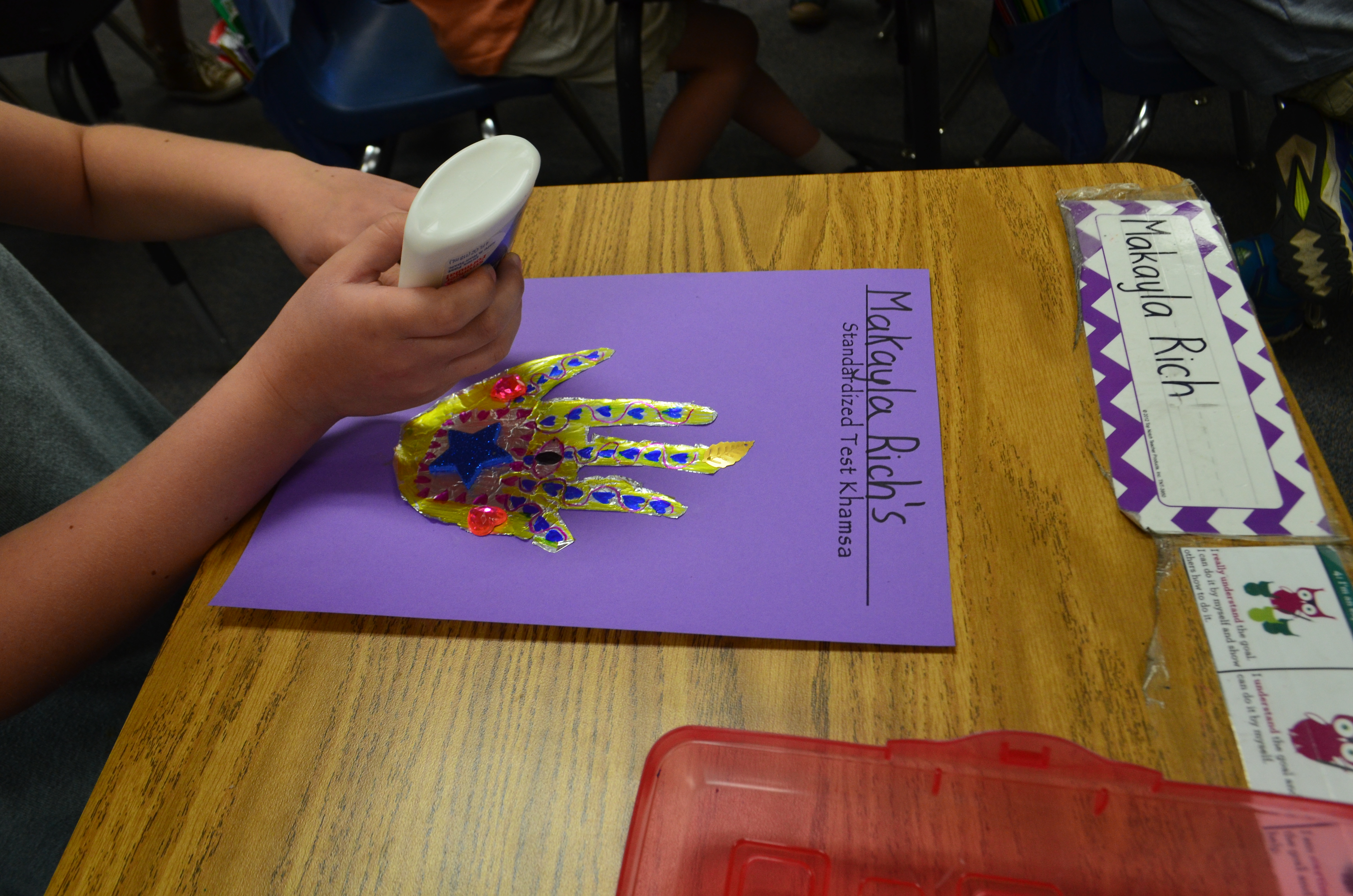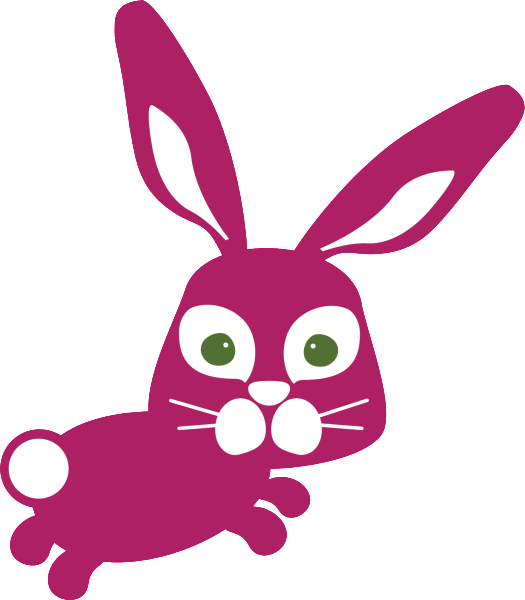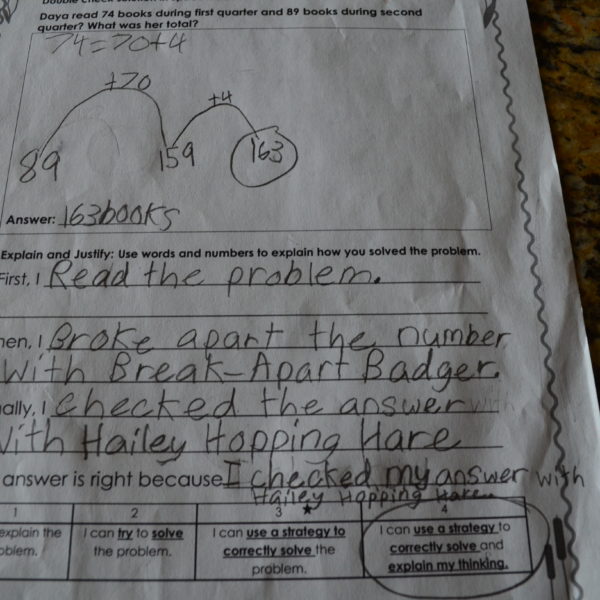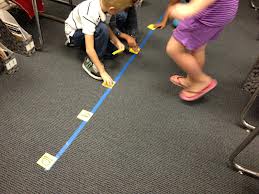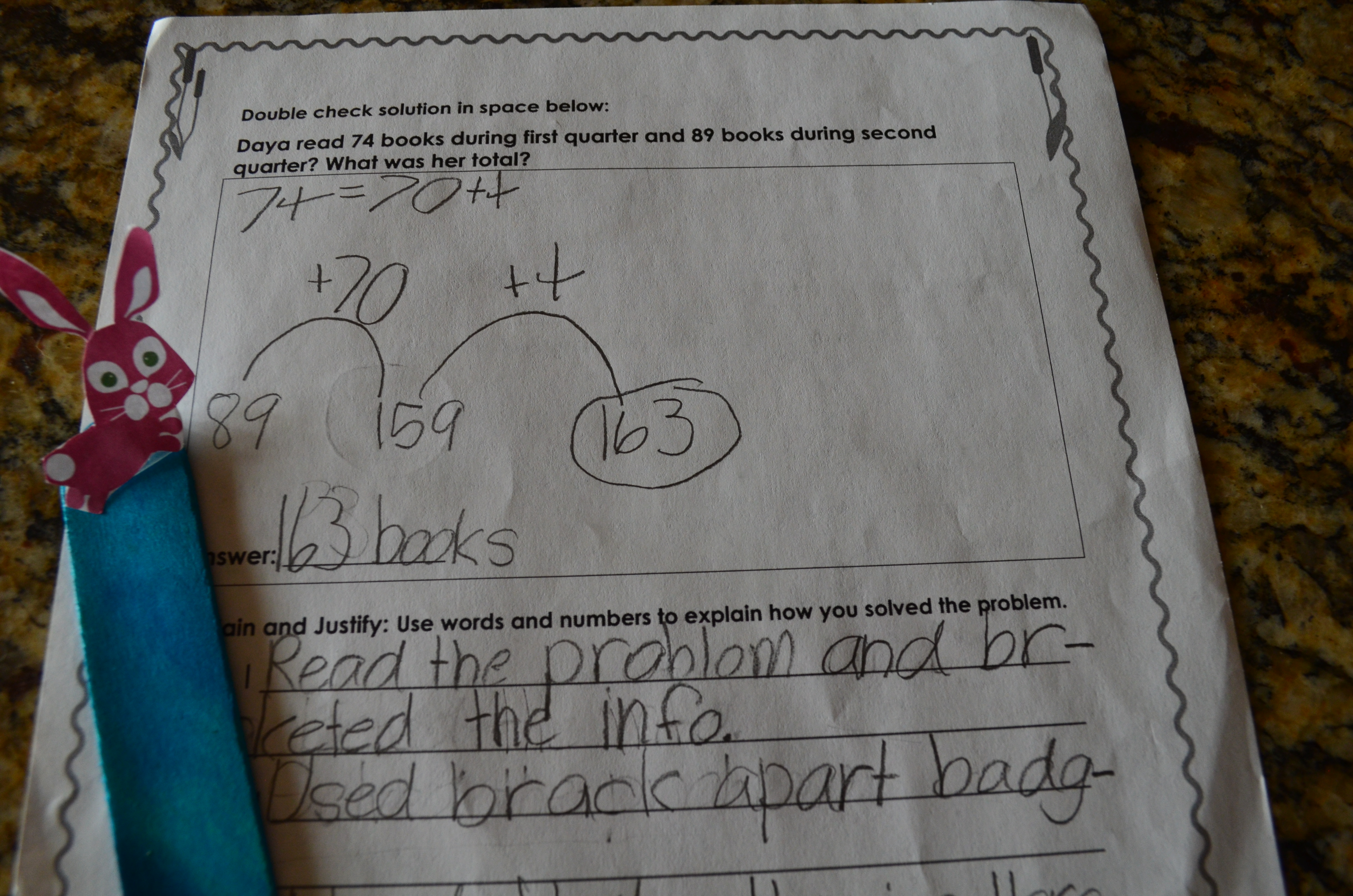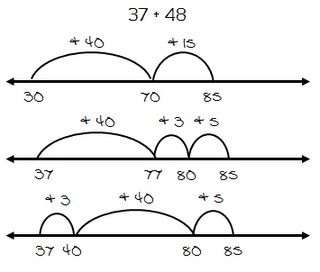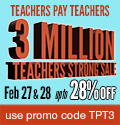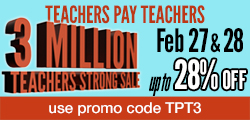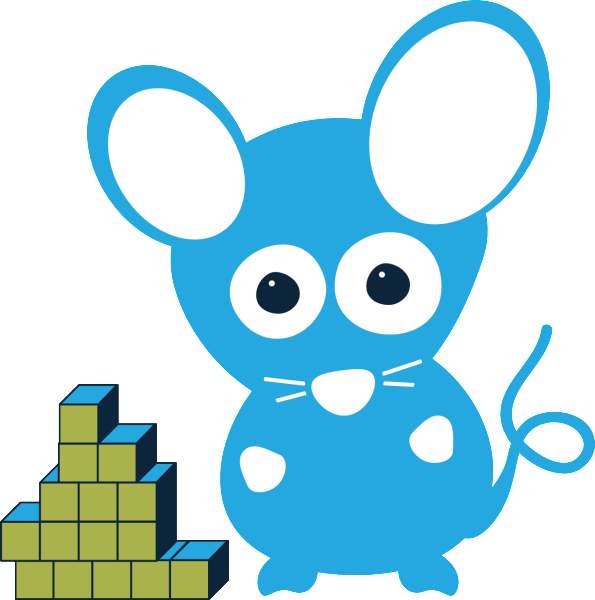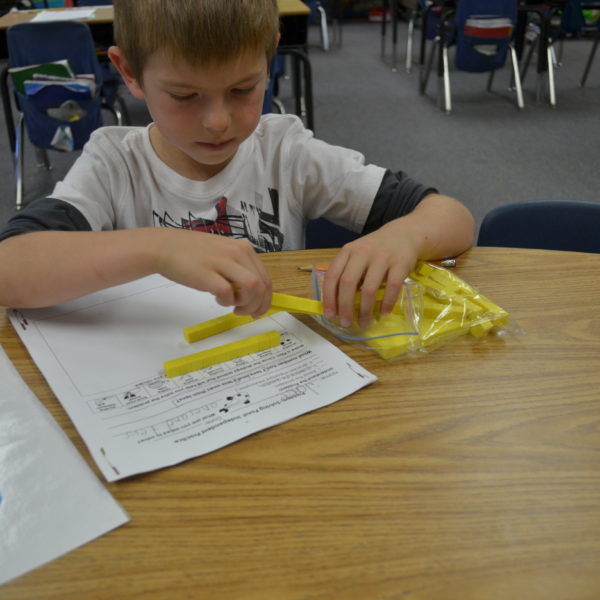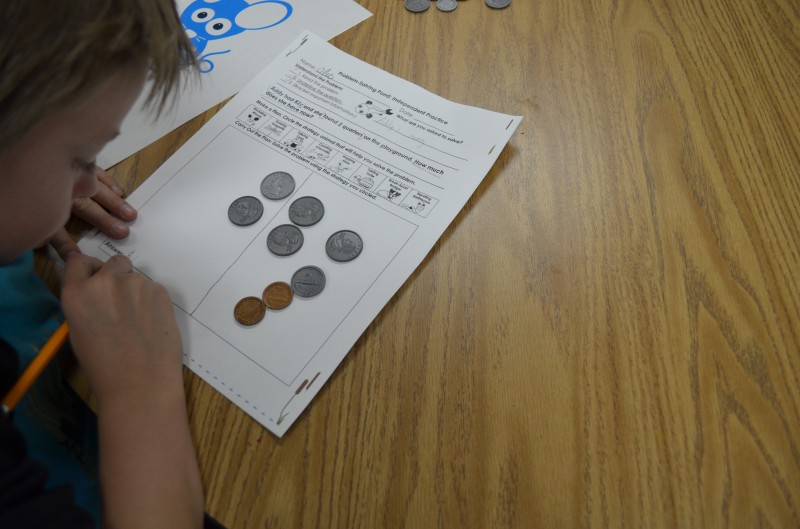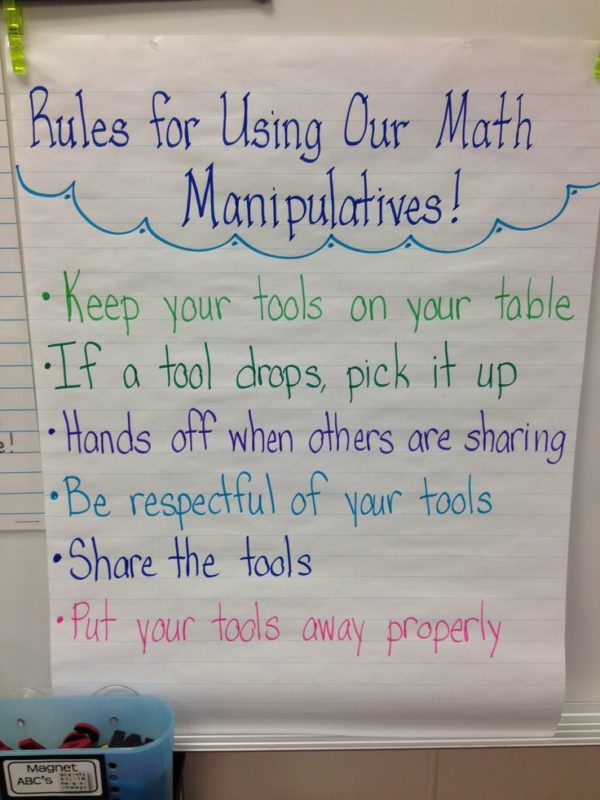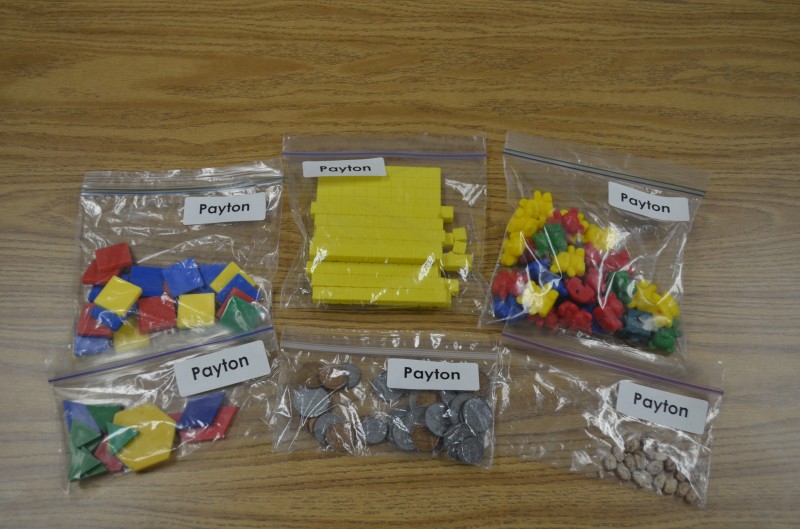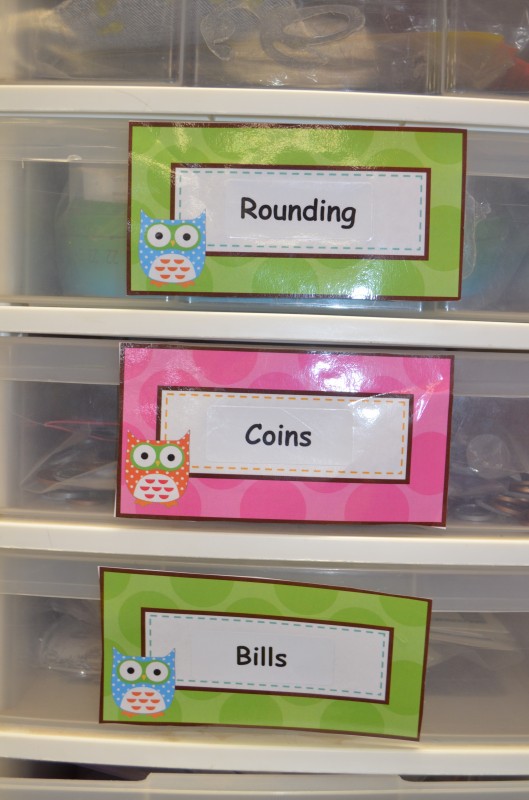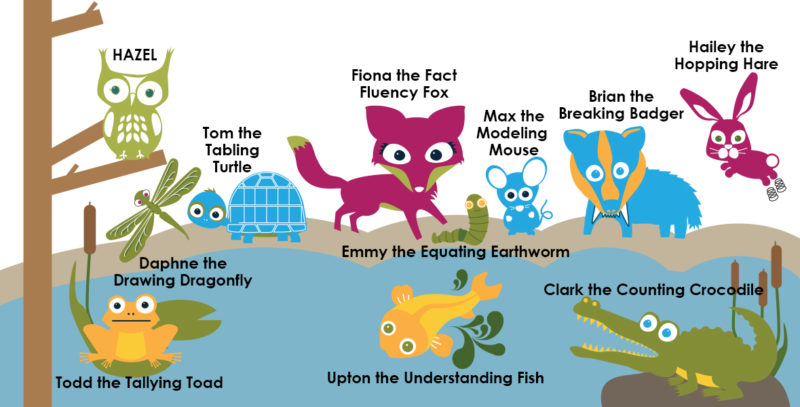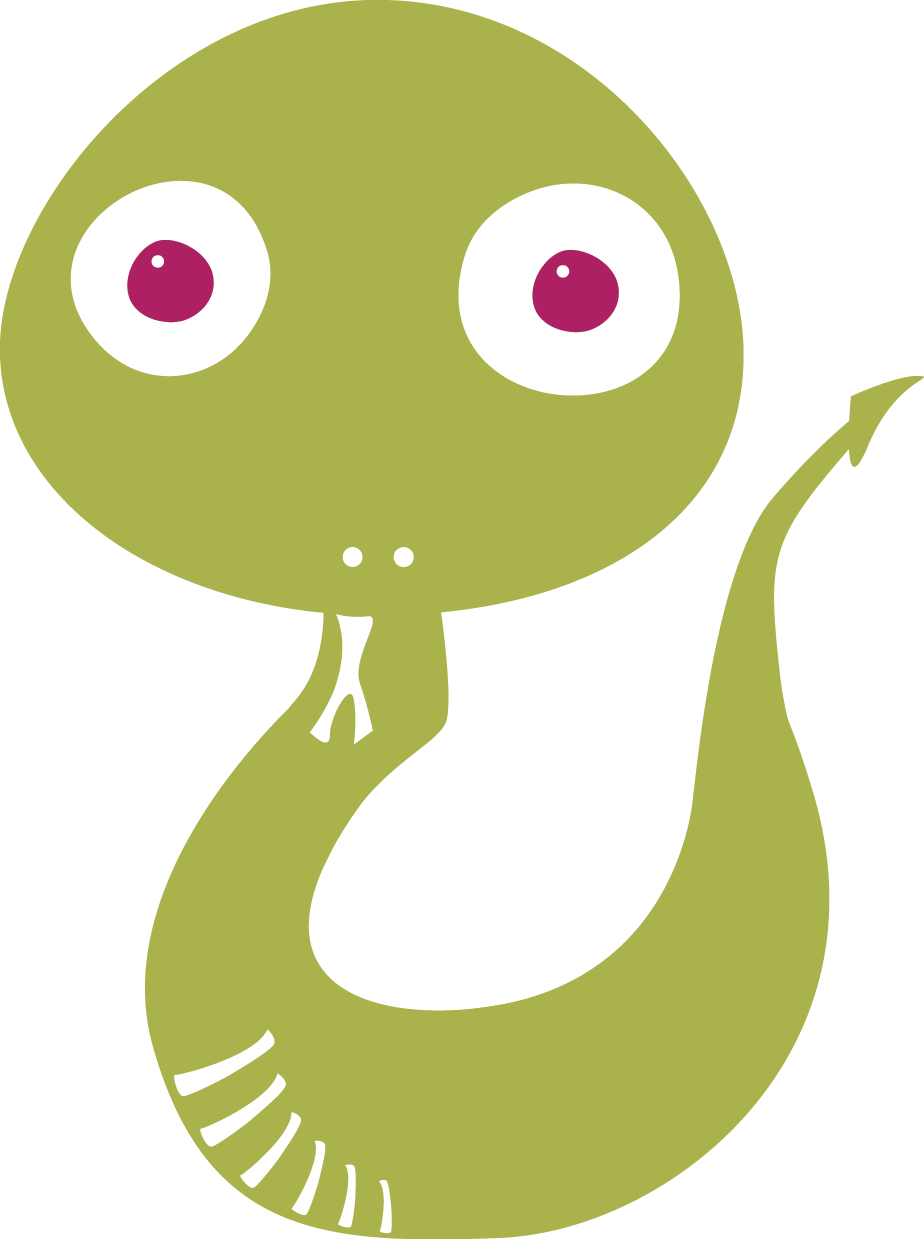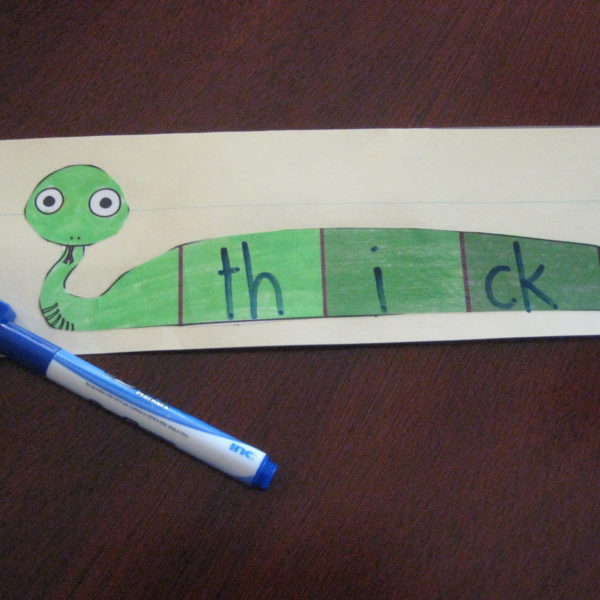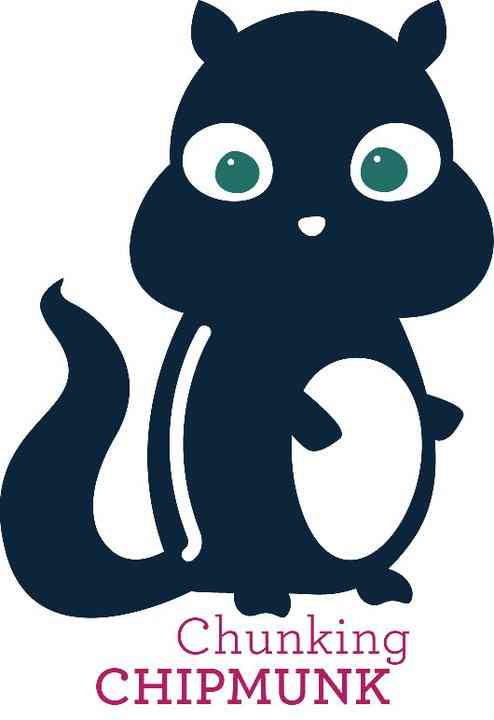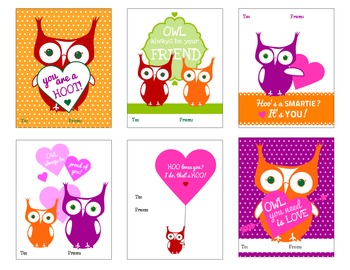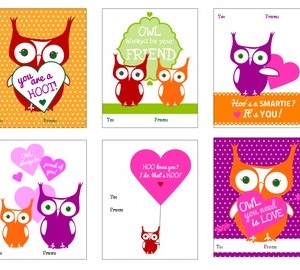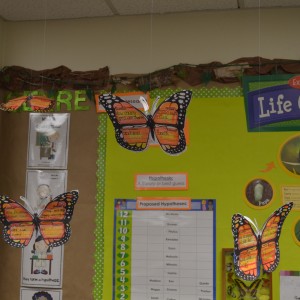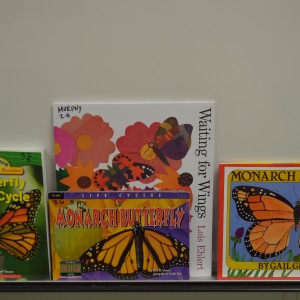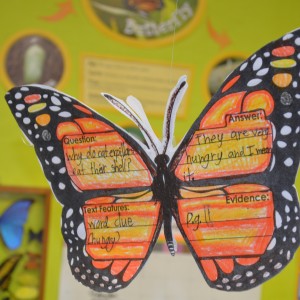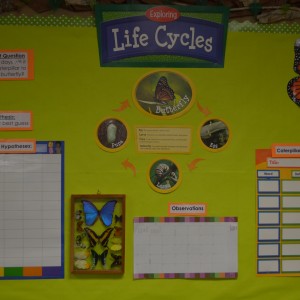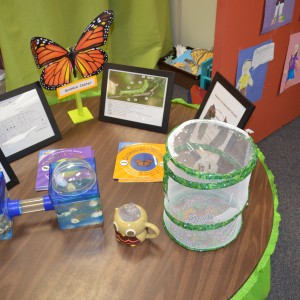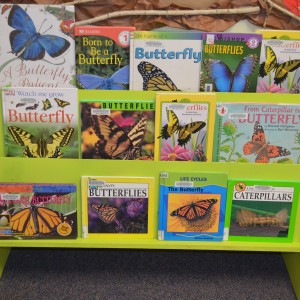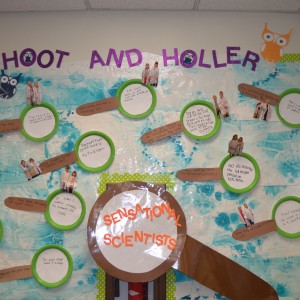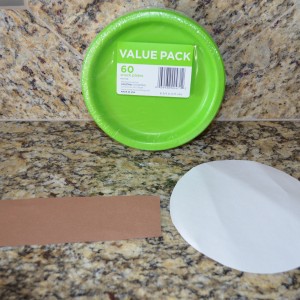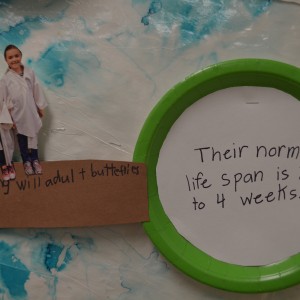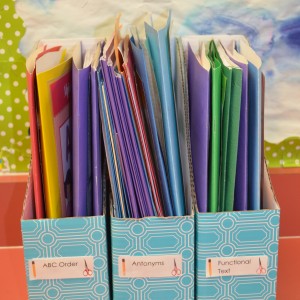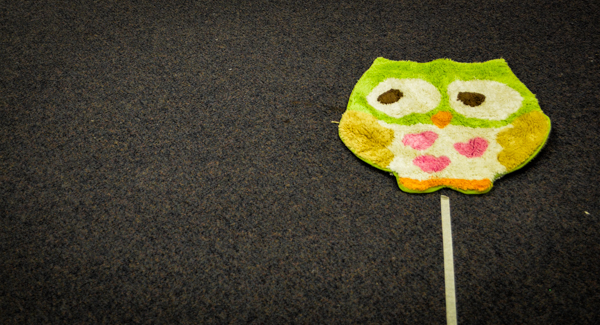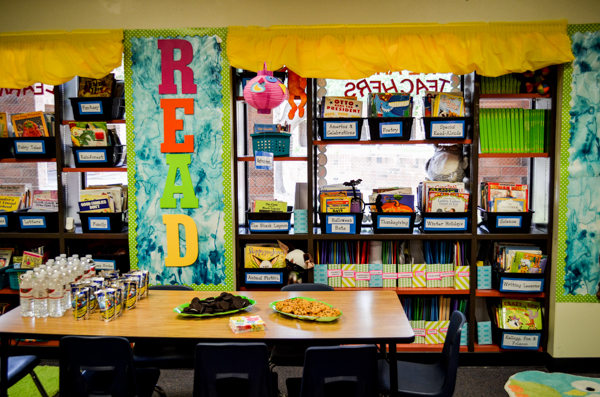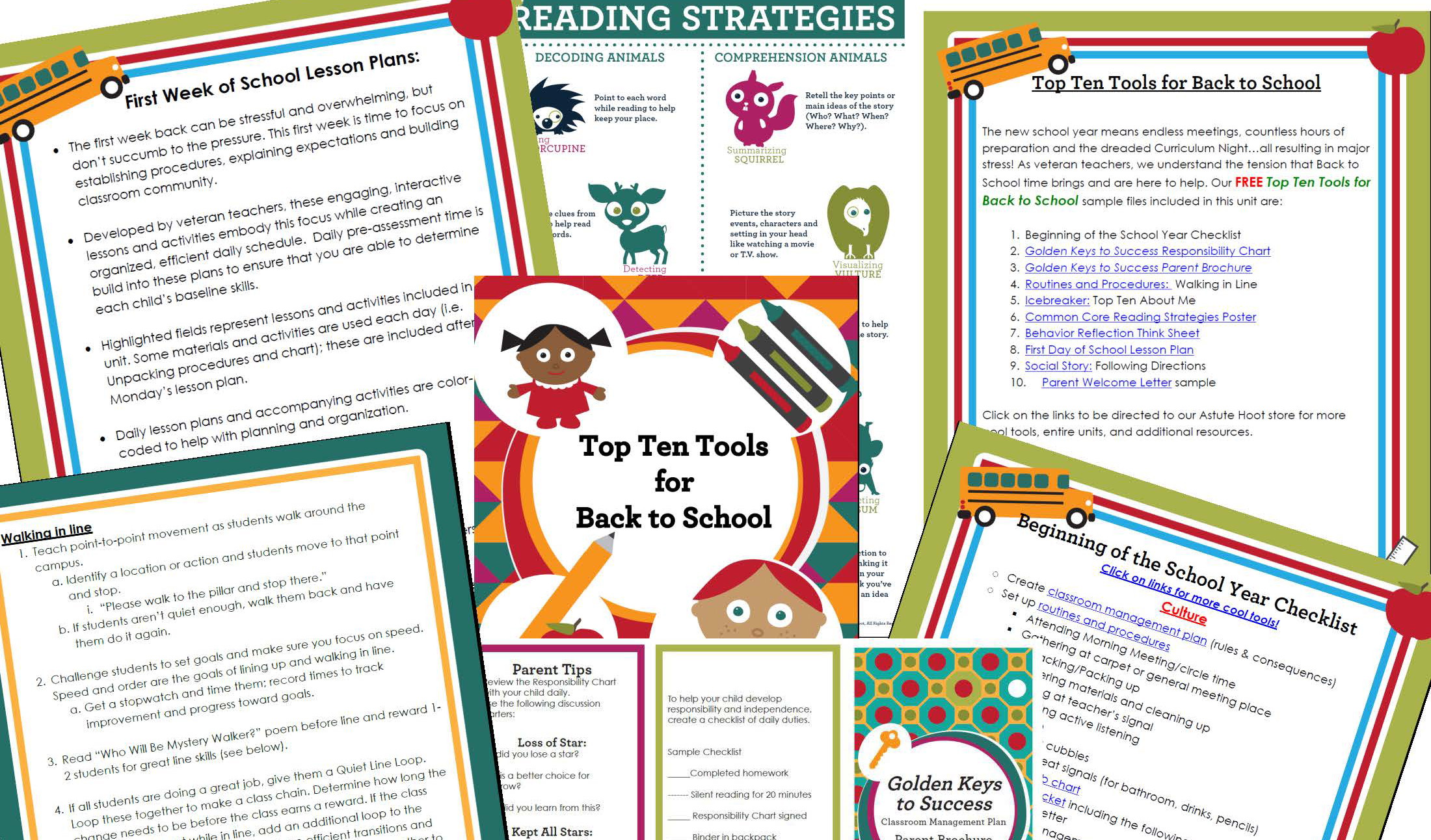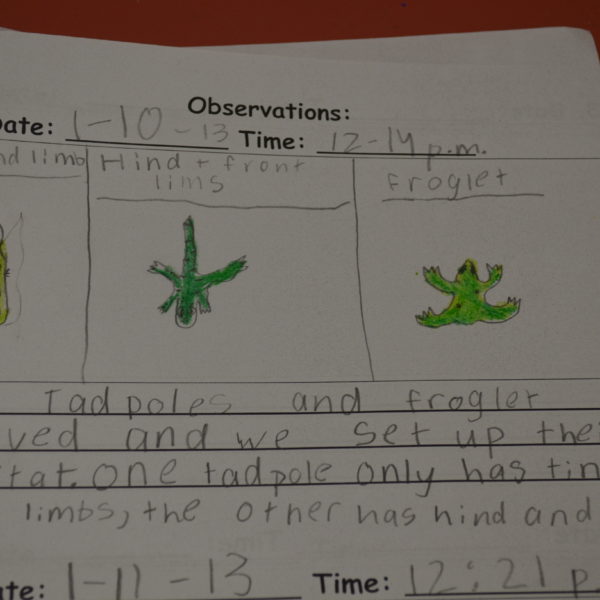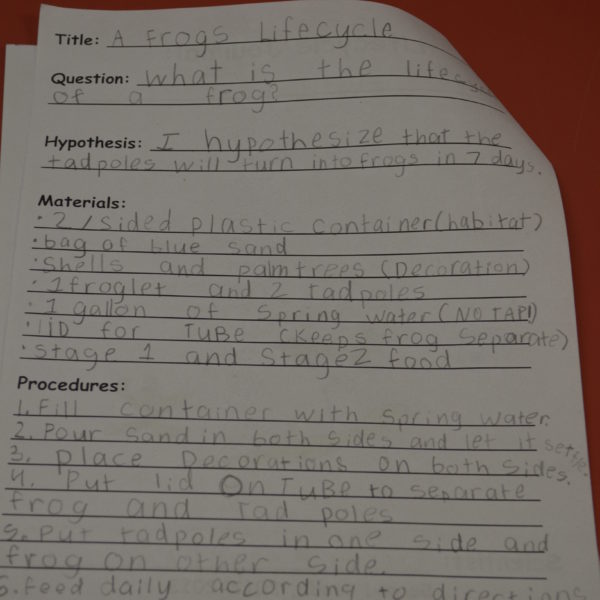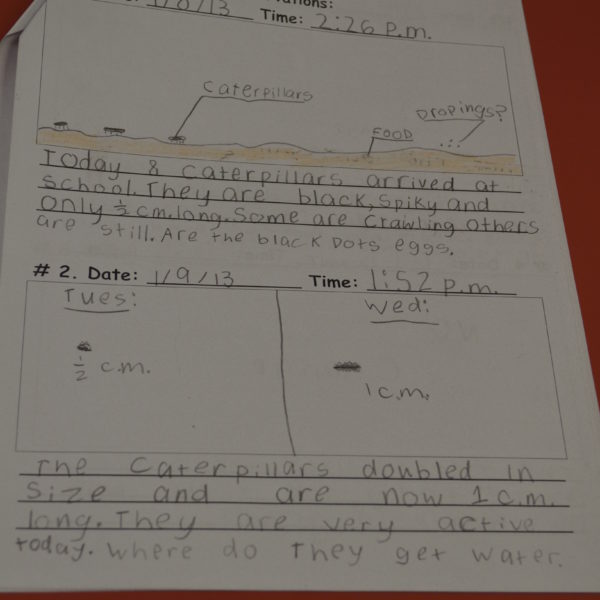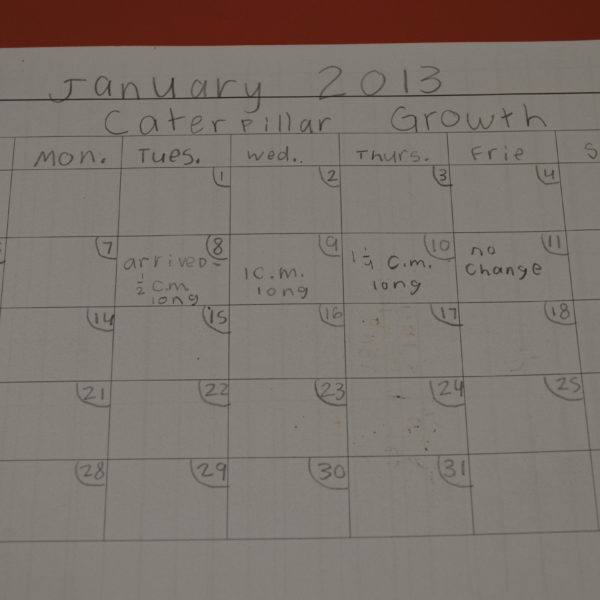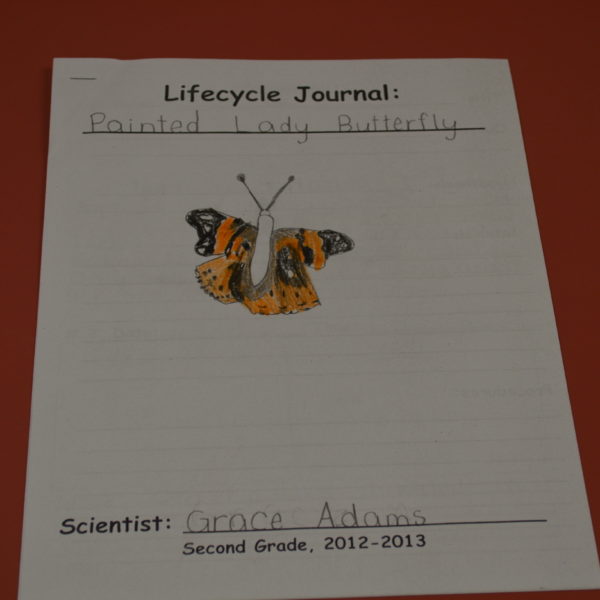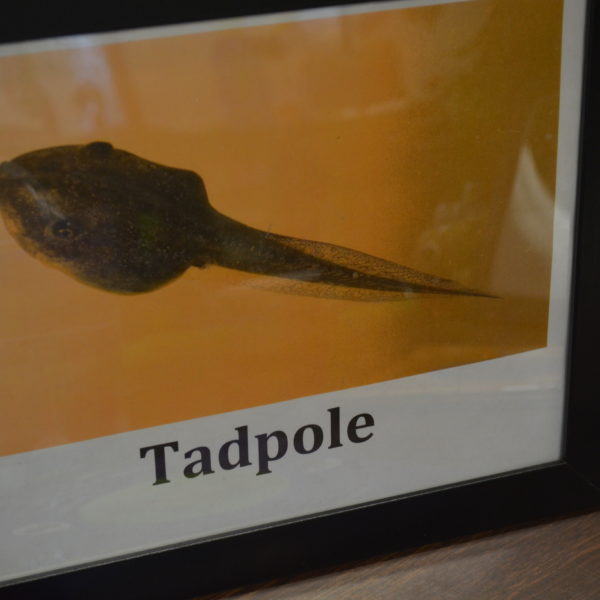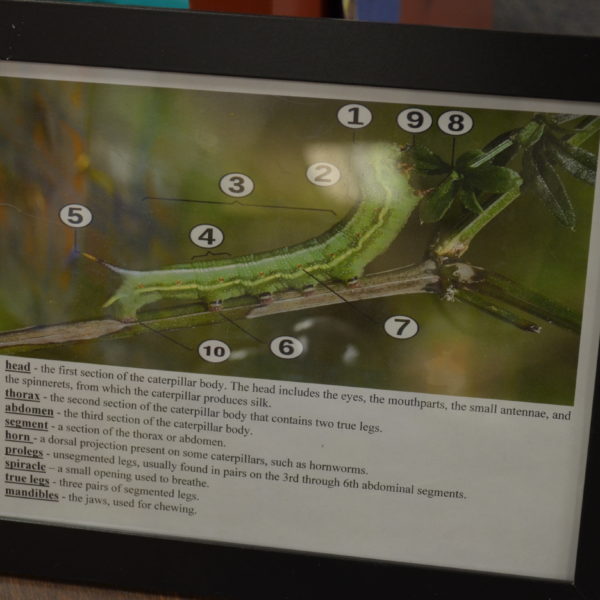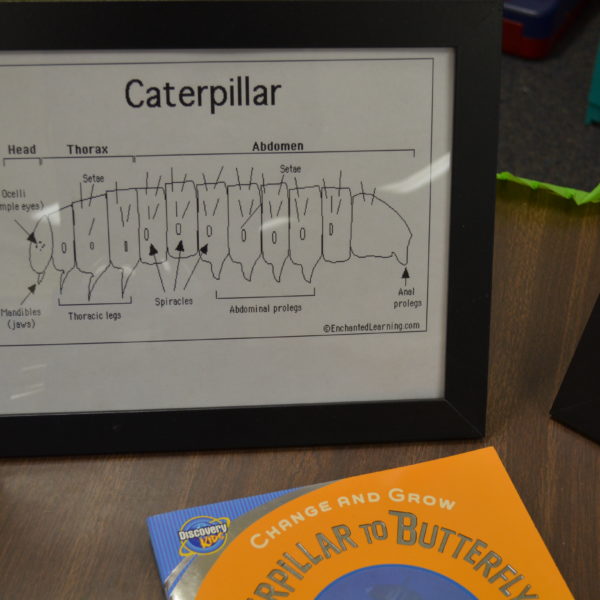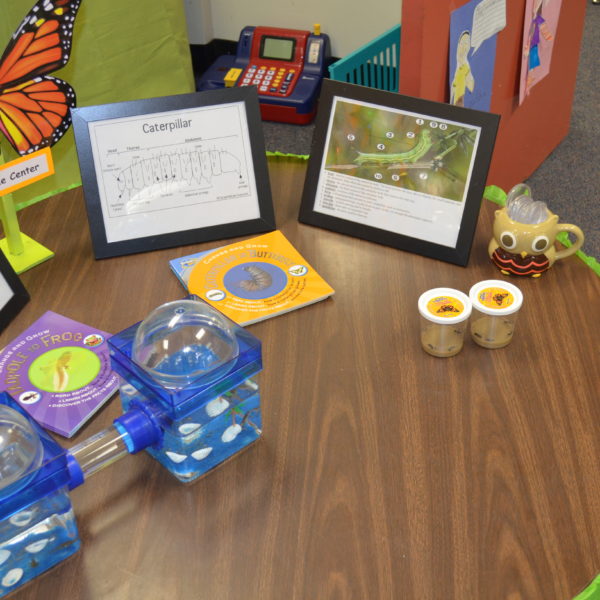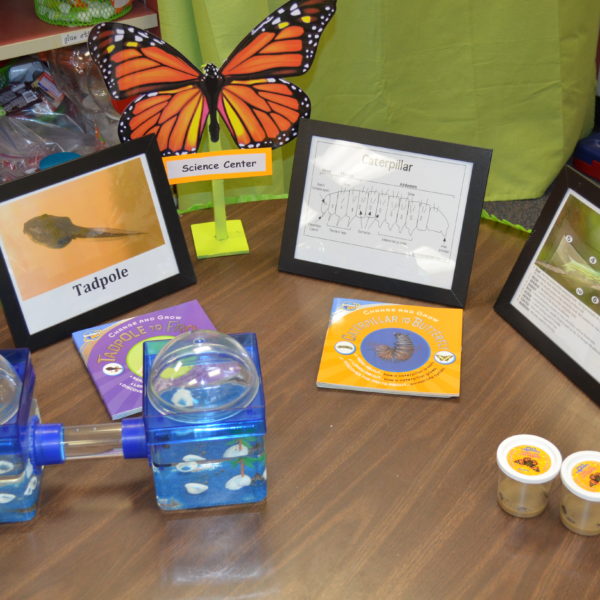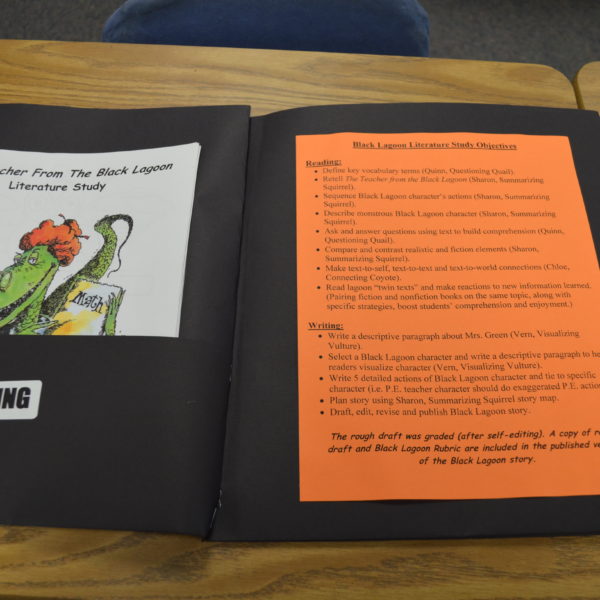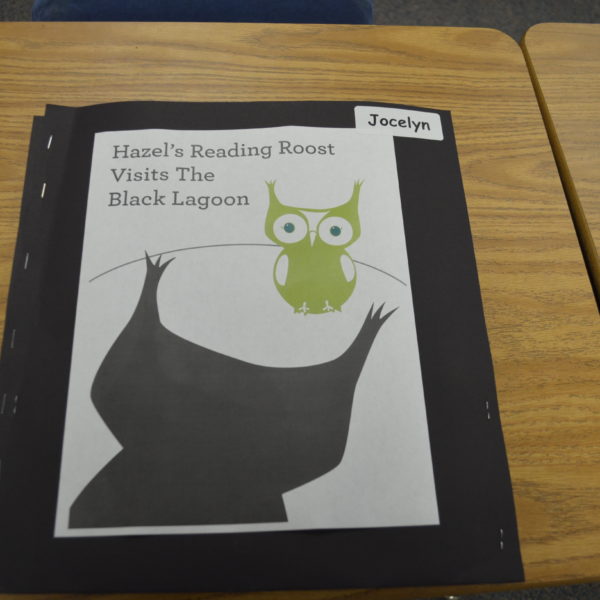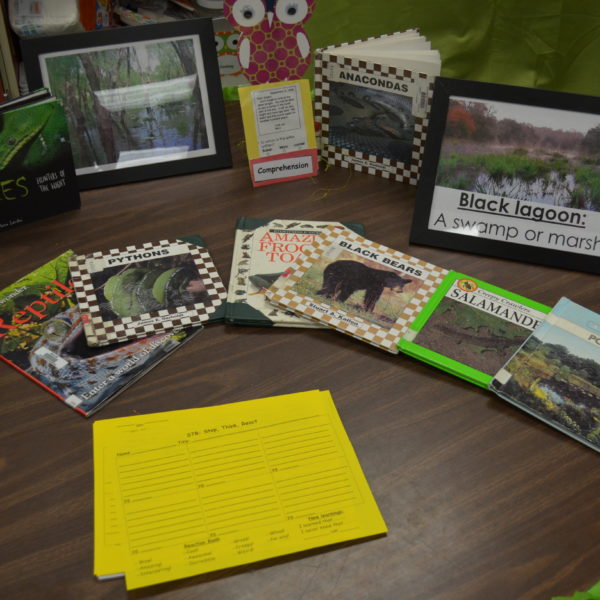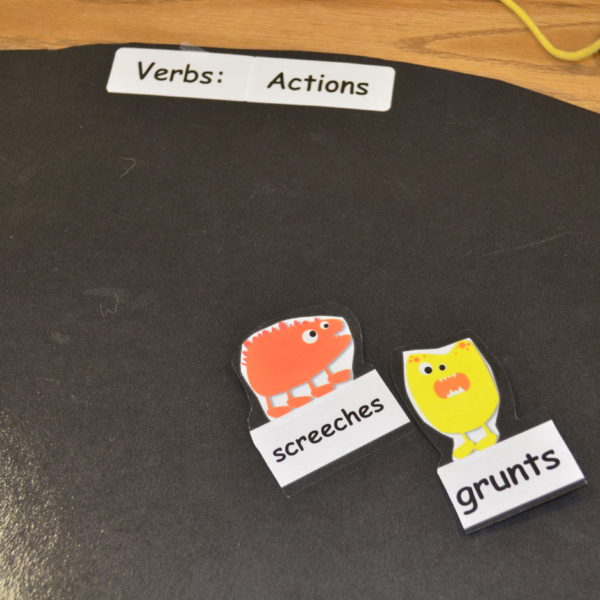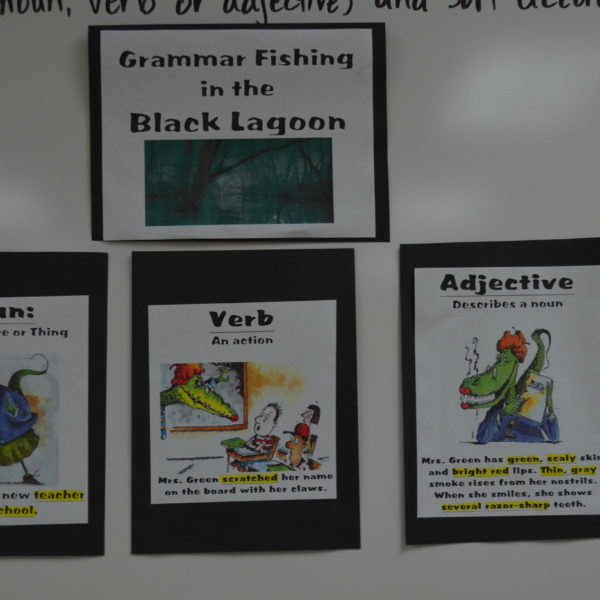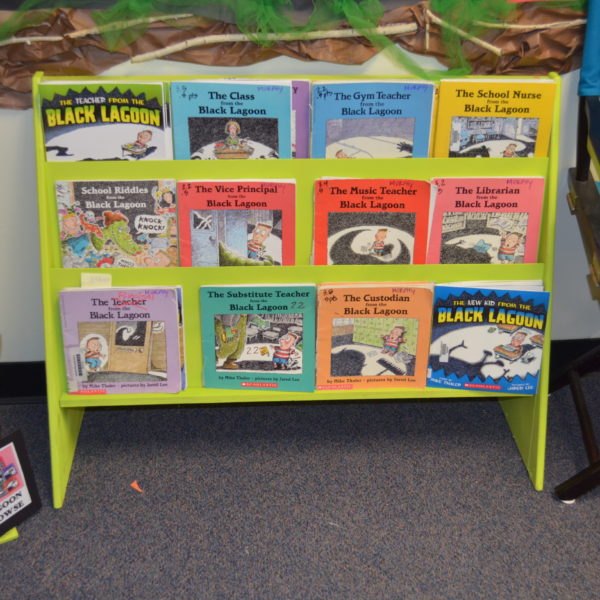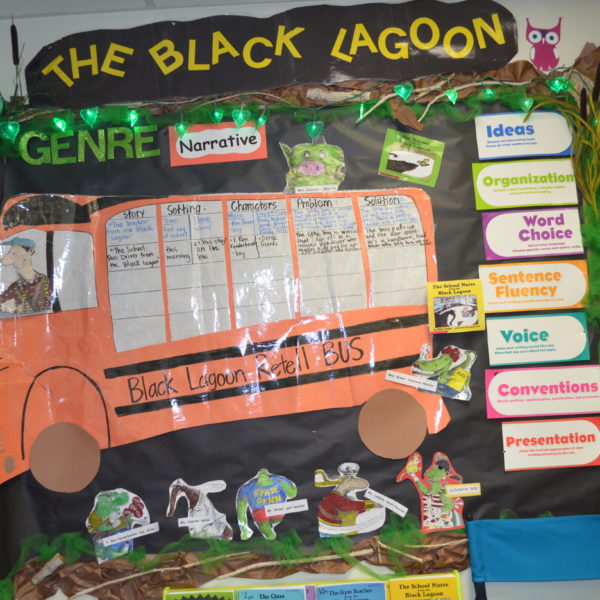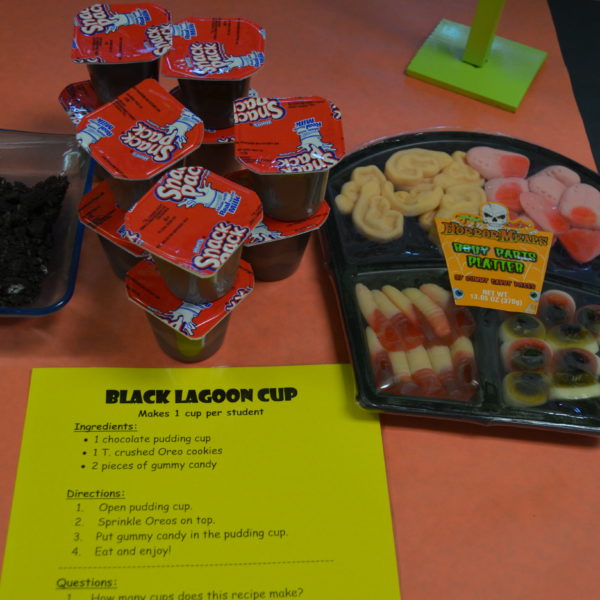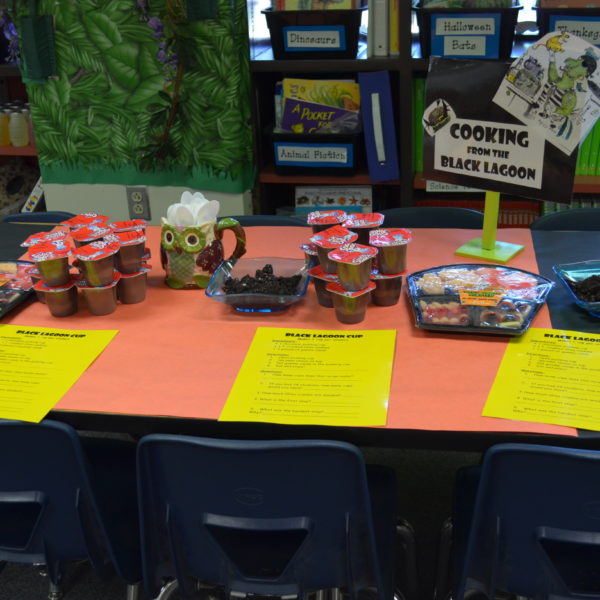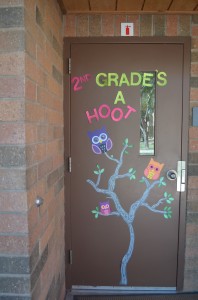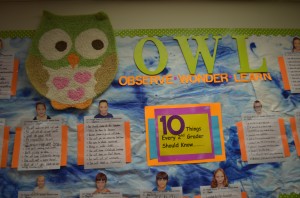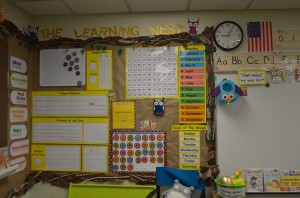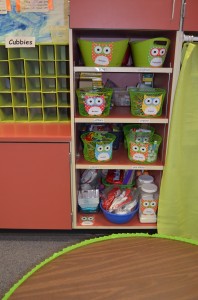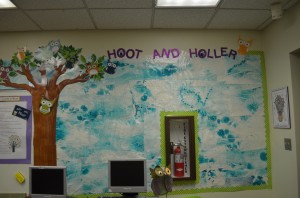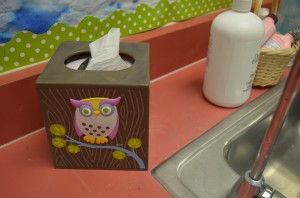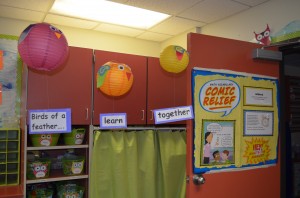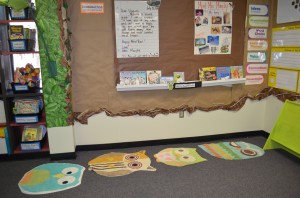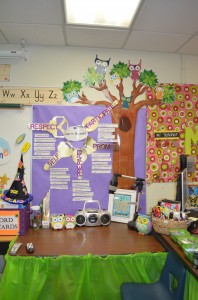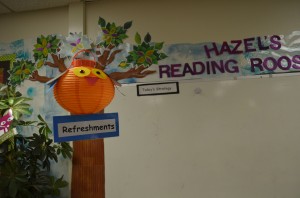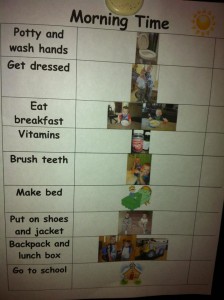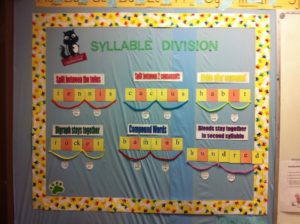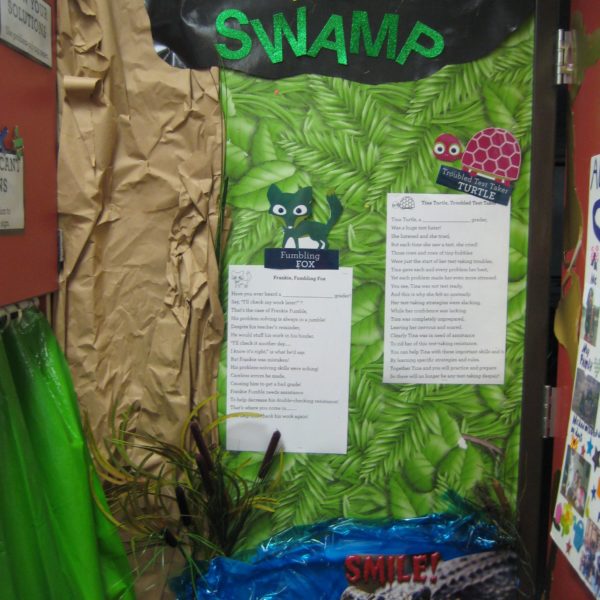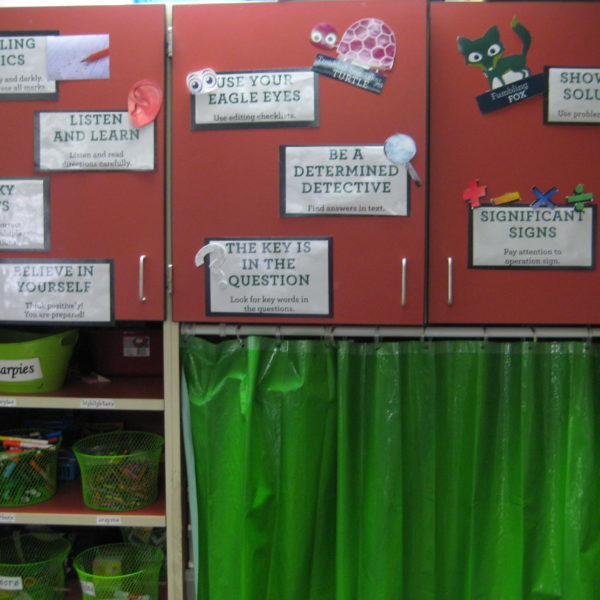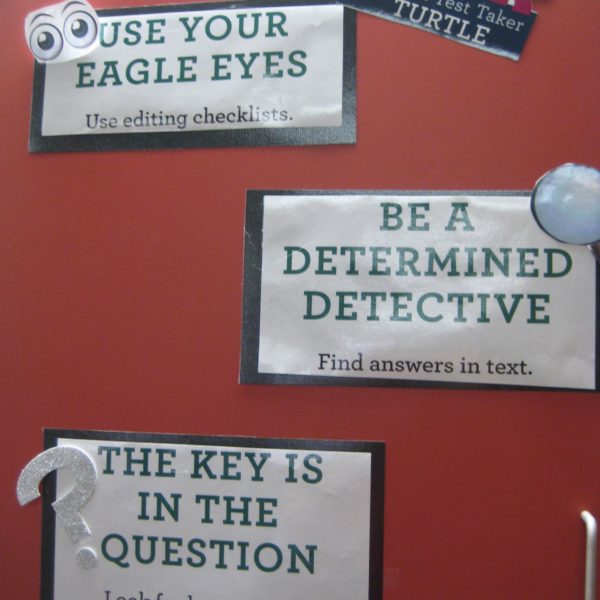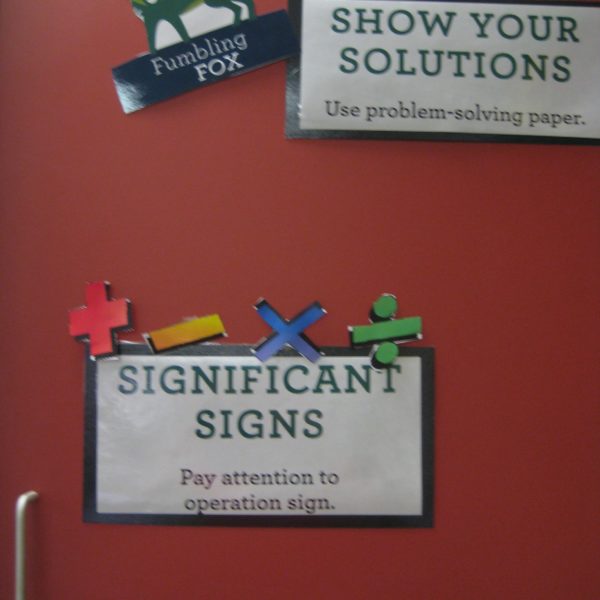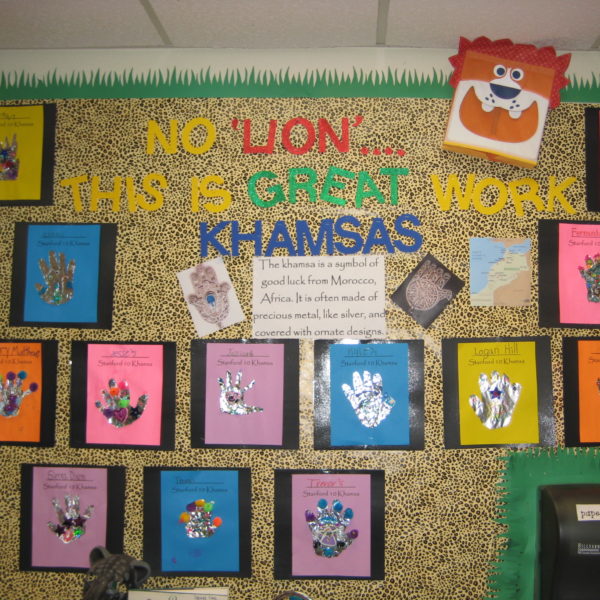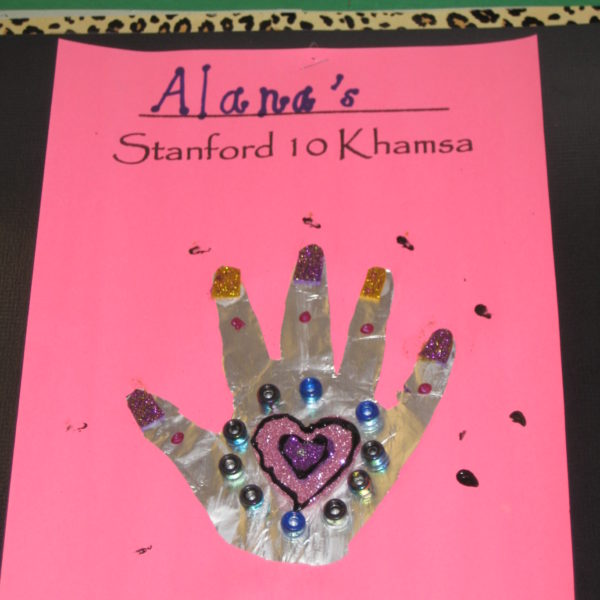Use these tried and true active engagement strategies to strengthen motivation, increase achievement and infuse fun into any classroom:
1. Think-Pair-Share: Students partner up and take 1-2 minutes to think silently about an answer to a specific question. At the teacher’s signal, each student faces his/her partner and discuss questions together. At the signal, students share responses discussed.
2. Quick Write: Students use white boards to write a specific response for an allotted amount of time. This can be used to activate prior knowledge, provide reflection or make connections.
3. 5-10 Word Summary: In 10 words or less, students summarize key details of the lesson or specific text.
4. Ticket Out Door: Write down 1 or 2 ideas learned from the lesson on a Post-It and how it will be used in other activities.
5. Partner Teach: Students pick partners; partners take turns teaching each other 2 most important items learned from the lesson.
6. Spectrum: Place a line of masking tape on the floor. Label one end “Strongly Agree” and the other end “Strongly Disagree.” Students line up according to their opinion of the topic. Students could also write their name on a small Post-It and place accordingly on the masking tape strip.
7. Four Corners: The teacher posts questions, photos, etc. in the four corners of the room. The teacher assigns each student to a corner. Once in the assigned corner, students discuss the question or photo in the corner. Students rotate through each of the four corners, repeating the process.
8. Jigsaw: Students read different passages from the same text or selections from several texts. After reading the passage, they take on the role of an “expert” with the passage. The “experts” share the information from their specific reading with a designated group or the entire class.
9. Get One, Give One: Students write their names on the top of a piece of paper and list 3 to 5 ideas about the assigned topic. Each student will draw a line after his/her last idea to separate ideas from other classmates. Discuss responses together.
10. Talking Chips: The teacher will pose a question for the students to discuss. Each student is given a “chip.” Each student takes turns “talking” by placing his/her chip into the center of the table. The first person to talk may only talk at that time and may not speak again until all the group members have placed their “chip” in the middle. Repeat the process with the rest of the group members.
11. Fishbowl: This strategy allows students to engage in a formal discussion and experience roles both as a participant and active listener. Students must also support their opinions and responses using specific evidence from the text. Students will be placed in two circles: 1. Inner circle students will model appropriate discussion techniques. 2. Outer circle students will listen, respond and evaluate.
12. Charades: Students can act out specific vocabulary or characters from read-alouds (i.e. “gnaw” students can pretend to chew).
Download our FREE Top 10 Tools for Back to School unit and our Back to School Toolbox: Routines, Procedures, and Transitions for additional active engagement strategies and much more!


